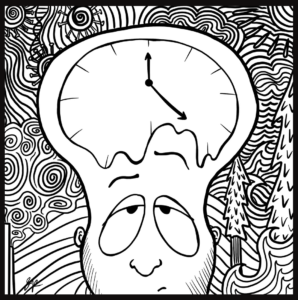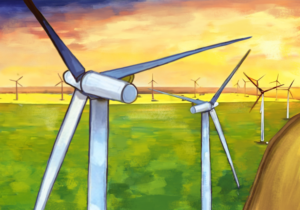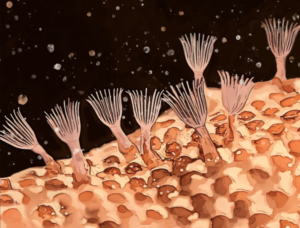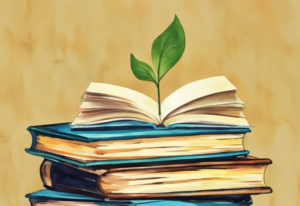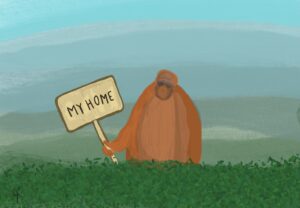Plastic pollution is a major issue for our planet, affecting ecosystems, wildlife, and even human health. The extensive use of plastics, especially single-use items, has led to an overwhelming amount of plastic waste that’s hard to manage and has serious environmental consequences.
Environmental Impact
Plastic is extremely durable, which means it takes hundreds of years to break down. This causes plastic waste to build up in nature, from forests to oceans. In marine environments, plastic pollution disrupts habitats and natural processes, making it harder for ecosystems to cope with climate change. The United Nations Environment Programme (UNEP) explains that plastic pollution harms wildlife and human communities that rely on healthy ecosystems for food and income.
Wildlife Harm
Animals often mistake plastic for food, which can lead to serious health issues or even death. For example, a baby dwarf sperm whale was found on a Florida beach with a plastic bag in its stomach, causing severe damage and ultimately leading to its death. This story highlights how plastic pollution impacts marine life and shows that wildlife is paying a high price for our plastic habits.
Human Health Risks
Plastic pollution doesn’t just hurt wildlife; it also affects humans. Over time, plastics break down into tiny particles called microplastics, which are found in food, water, and even the air. According to UNEP, microplastics come from items we use every day, like synthetic clothing, cigarettes, and cosmetics. Though scientists are still studying the long-term effects, these particles can carry harmful chemicals that may disrupt our health.
Economic Consequences
Plastic pollution also has an economic impact. Industries like tourism, fishing, and shipping face high costs due to plastic waste. For example, beaches littered with plastic are less attractive to tourists, leading to lost revenue for local businesses. Cleaning up plastic is also expensive, draining resources that could be used elsewhere.
How We Can Make a Change
Reducing plastic pollution requires everyone’s help. Some countries have adopted successful recycling programs, like Norway’s bottle recycling system, which achieves nearly complete recycling rates. Other solutions include developing compostable materials, encouraging reusable products, and enacting laws to reduce plastic production.
In conclusion, plastic pollution is a serious issue that harms the environment, wildlife, and people. By being more mindful of our plastic use and supporting initiatives to reduce plastic waste, we can help protect the planet for future generations.
Work Cited
United Nations Environment Programme. “What You Need to Know About Plastic Pollution.” UNEP, https://www.unep.org/plastic-pollution.
People. “Baby Whale Dies After Found with Plastic Bag in Stomach.” People, https://people.com/baby-whale-dies-after-found-with-plastic-bag-in-stomach-8733797.
United Nations Environment Programme. “Microplastics: The Long Legacy Left Behind by Plastic Pollution.” UNEP, https://www.unep.org/news-and-stories/story/microplastics-long-legacy-left-behind-plastic-pollution.
Wired. “The Cure for Disposable Plastic Crap is Here—and It’s Loony.” Wired, https://www.wired.com/story/the-cure-for-disposable-plastic-crap-is-here-and-its-loony.
The views and opinions expressed are those of the authors and do not necessarily reflect nor represent the Earth Chronicles and its editorial board.
